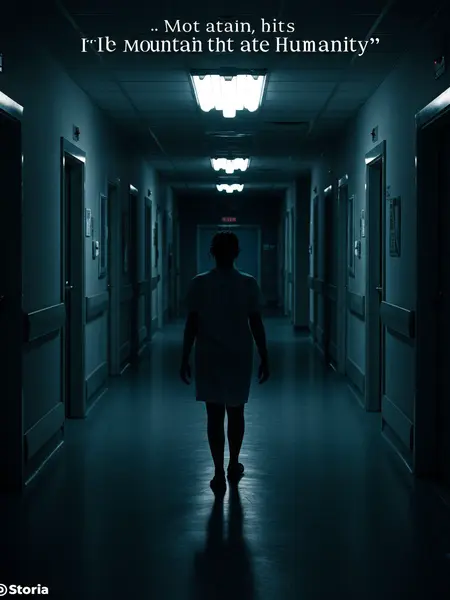Chapter 5: The Living Monument
Professor Michael Grant’s Diary——
July 20, 2045
Back on dry land, I tore through everything I could find—rare books at the Harvard library, digital scans from the Library of Congress, old oceanographic records. I found nothing. No mention of a triangular undersea mountain, nothing about carvings, certainly nothing about worshipping snakes.
The fear gnawed at me, kept me awake. Where had this thing come from? Who left those carvings, and why? The image of those snakes in bib overalls haunted my dreams.
Thank God, before we left the site, we’d managed to chip off a sample from the mountain’s surface. We shipped it to the lab for analysis, hoping for at least a mineral classification.
Then, earlier today, I got a call from Professor Harold, head of the bioanalysis lab. His voice was pinched and trembling, words tumbling out in a rush: "Dr. Grant, you need to come in. Now. Bring no one. What you sent us… It’s not what you think."
I didn’t bother calling Jake. I drove through the rain, windshield wipers smearing the world into gray streaks, heart in my throat.
When I arrived, Harold was huddled in a corner of his cluttered office, eyes red-rimmed, fingers trembling around a mug of black coffee. He bolted the door behind me before shoving a sheaf of printouts into my hands.
"Grant," he whispered, voice cracking, "human history… we’ll have to start over."
I scanned the report. The title read: BIOLOGICAL ANALYSIS SUMMARY. My mind stuttered—wasn’t this supposed to be a geological sample?
"It’s not rock," Harold said, reading my expression. "Ran the tests twice. It’s organic. Tissue, not stone. That mountain is alive, Grant. Alive! Go to the last page."
My hands shook so badly I nearly dropped the paper. I flipped to the conclusion, heart jackhammering in my chest.
Suddenly I felt like ants were crawling all over my skin, and the temperature in the room dropped ten degrees.
The summary read:
[Biological analysis shows the sample DNA is a complete match with human DNA. Tests indicate the tissue structure is identical to human organs. This organ is…]

